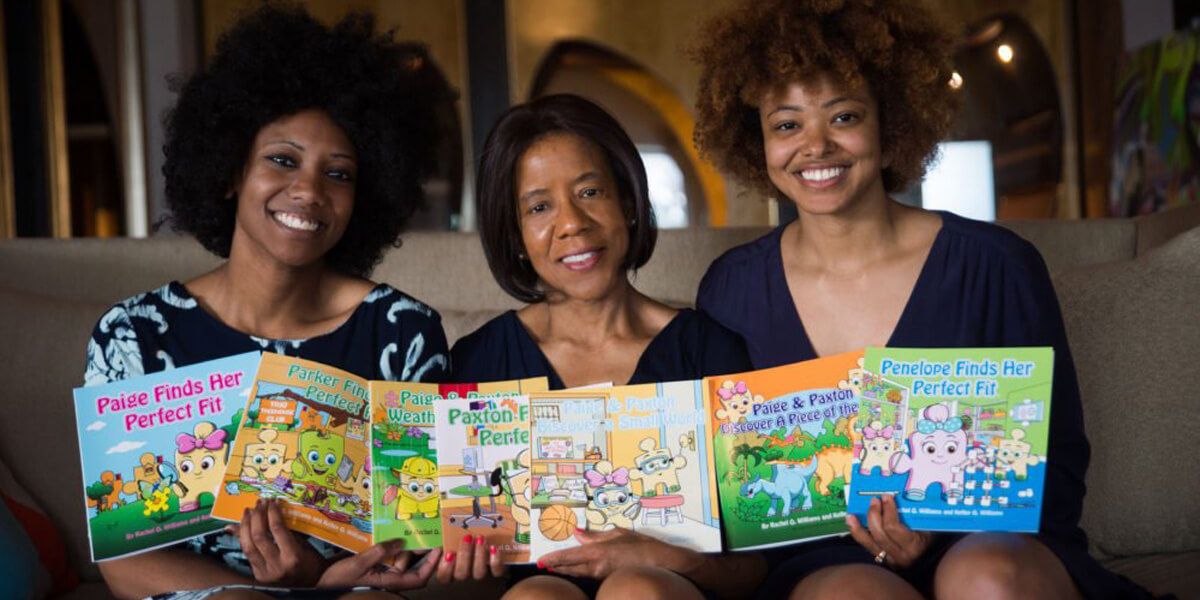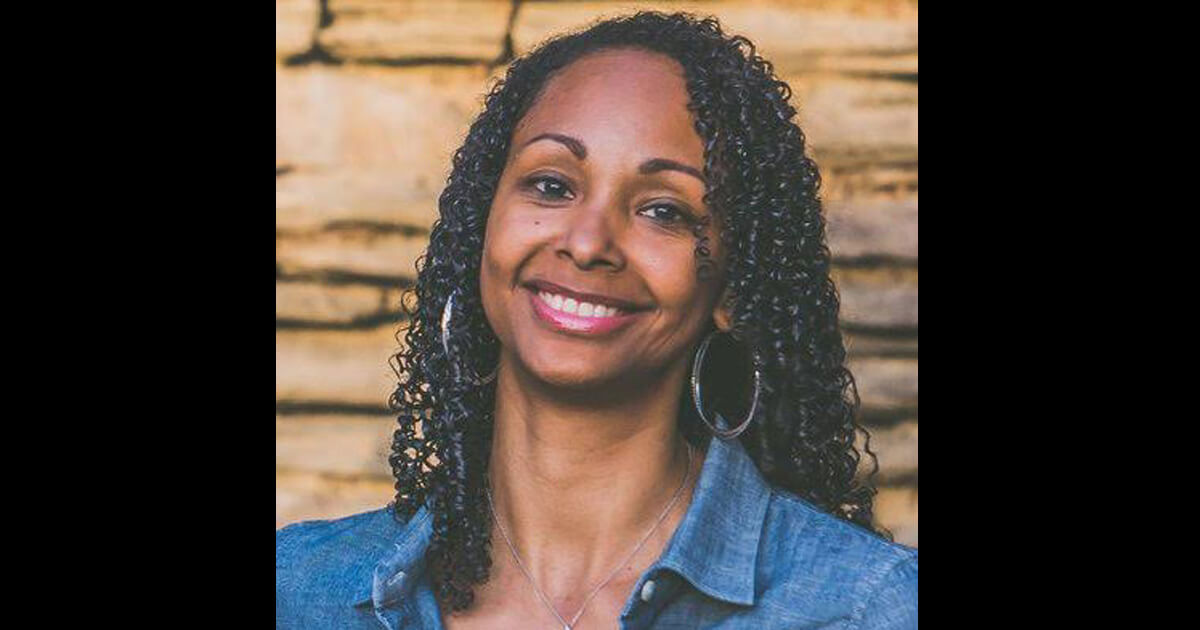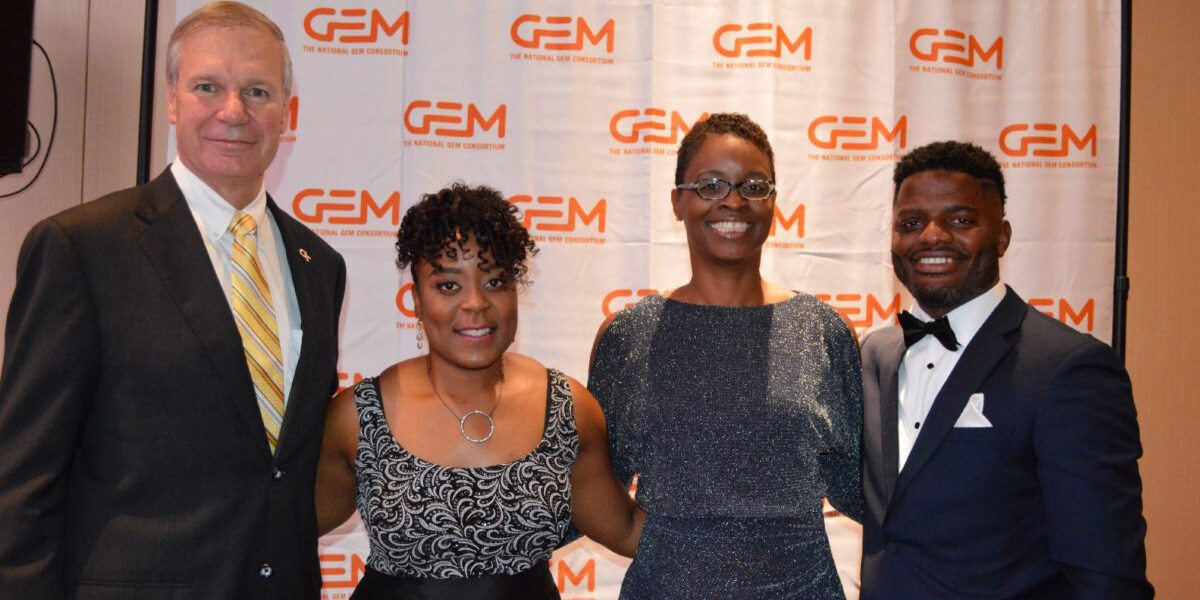What began as two puzzle characters created more than 30 years ago by journalist Rachel Williams to make math and science more interesting for her young daughters evolved into a nationally recognized STEM curriculum for elementary students. In 2012, Kelley and Jessica, along with their mom, decided to bring their childhood characters, Paige & Paxton, back to life. Since that time, the trio has been on a mission to engage a new generation of little learners.
Today, Paige & Paxton is a full-blown initiative designed to make it easier for elementary school children to retain STEM content. The curriculum is incorporated in 17 school systems across the country, including a newly added district in New York, and operates STEM enrichment programming seven days a week through their partnership with Blue Studios.
“Paige & Paxton is a turnkey system with three components: storytelling, hands-on projects and experiments, and lots of teacher support,” co-founder and CEO Kelley Cambry told ThePlug. “We took a journalistic approach to design our model by conducting research and interviews with individuals who have a degree in the subject (structural engineering for example) and are also currently working in that field. This unique approach ensures that Paige & Paxton lessons reflect real-world relevance and real workplace experience, including soft skills specific to that particular field.”
Cambry built her first website at age 16 after reading the HTML books her parents had scattered around the house. Her interest in tech only went up from there. She’s a Howard University alum and former finance executive who worked for American Express and J.P. Morgan Chase. A self-described “tech geek,” Cambry has led national pipelining programs aimed at getting girls interested in tech and served as one of the founding members of the New York chapter of Black Girls Code. After spending a few years back at home in Chicago, Cambry returned to New York City in 2018, knowing that it was time to bring Paige & Paxton to a bigger market where there is a high demand for new and evolving K-12 education options.
“For many of us, especially women and people of color, have had traumatic experiences in the education system,” she said. “Where we had a spark of STEM capabilities inside of us, and we were told that math wasn’t for girls, or girls didn’t play with Legos or were directed into a less difficult set of coursework because we were told that we couldn’t handle a chemistry AP class or were advised not to take a computer science course because they assumed we would flunk.”
Paige & Paxton is also the only system that nurtures and builds STEM identity, which is super important when it comes to engaging non-dominant groups in STEM. Through research, Cambry says building identity is just as critical to success and achievement in STEM careers for girls and students of color as the quality of curriculum and instruction.
Drawing an idea is helpful for students who are unable to clearly communicate complex ideas regarding their science and engineering interests. Cambry says the Paige & Paxton model is effective in using two of the most widely accepted tools to assess STEM identity, the “Draw a Scientist Test” (DAST) and “Draw an Engineer Test” (DAET), in which researchers ask students to draw their idea of “a scientist doing science” and “an engineer doing engineering.” Using an assessment, students are asked to draw a scientist, prior and post-intervention. Both the before and after drawings, in addition to verbal descriptions, are analyzed for standard indicators of stereotypes.
“Teachers, parents, students and district leaders that we’ve worked with leverage these assessment tools to ensure that our curriculum is not just resonating or improving academic ability across a narrow subset of their student population,” Cambry said. “Research shows that when students see themselves and their experiences reflected in their curriculum, they are more likely to achieve at higher levels, be academically engaged, and motivated. Not doing so is extremely damaging to students’ academic and social development.”
Cambry noted that her team was thoughtful in carefully vetting the more than a dozen enthusiastic instructors who teach the Paige & Paxton K-8 curriculum on a weekly basis.
“What drew me to wanting to get involved and become an instructor is my passion for teaching STEM,” said Paige & Paxton instructor, Isabella Berry. “I used to teach Computer Science classes at my town’s public elementary school and the recreation center, but once I started college I had to stop teaching those classes. Kelley reaching out was the perfect opportunity for me to start teaching again.”
While he believes it’s vital to enrich a child’s mind through every lesson, Paige & Paxton instructor Mike Chininin says it’s equally as important for them to have fun. “My experience teaching has been an invaluable one and I appreciate being able to take some of the hardest topics that are taught in schools and making them fun,” he said. “This is important for me as a scientist and for children so that they don’t get math, science, or computer science anxiety.”
Outside of their assessments, Cambry says she loves seeing students soak up knowledge and confidence that comes with immersive STEM education. “I love it when kids start to identify with different characters in the series, [and] saying that they’re just like Parker because they love math, or they want to be an engineer just like Penelope.”
Paige & Paxton will soon launch a subscription box STEM kit for at-home use and the organizers are developing live STEM experiences for kids and parents.
“Parents and educators have the power to change the trajectory of the next generation,” Cambry said. “The best thing that we can do is to remove stereotypes and biases from the way that we teach and raise our children, and empower them to explore and embrace opportunities in STEM.”








